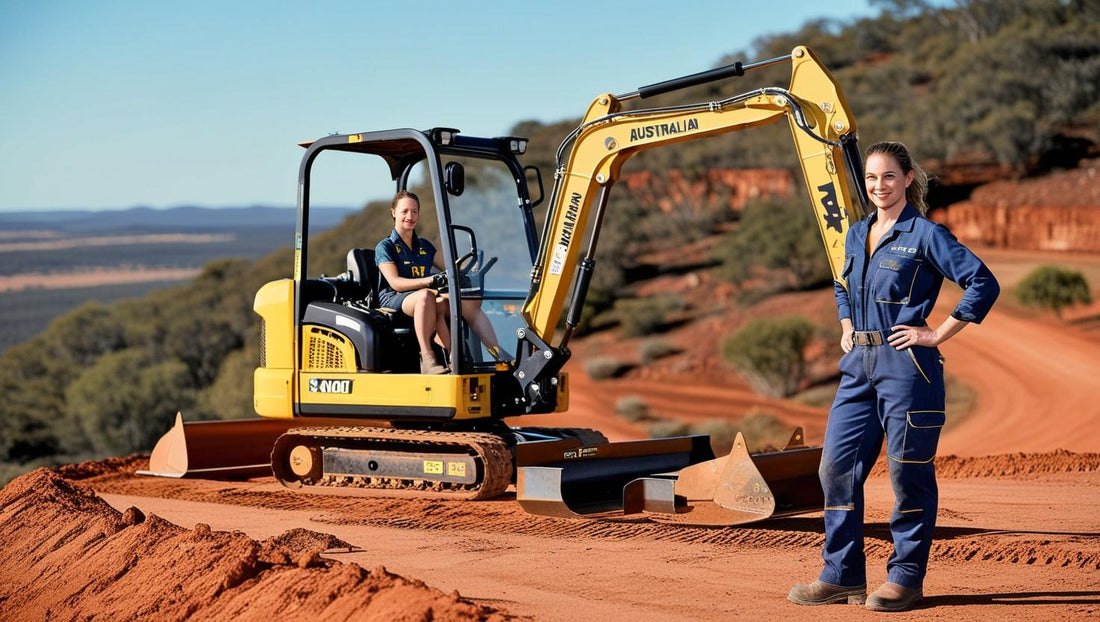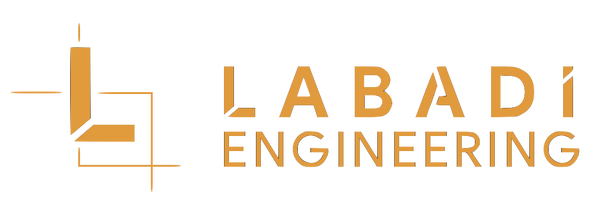
Choosing the Right Excavator Attachment for Maximum Productivity and Efficiency
Share
The versatility of modern excavators largely depends on the wide array of attachments available to operators. Selecting the appropriate attachment can dramatically improve productivity, reduce operating costs, and expand the capabilities of a single machine. With the right attachment strategy, contractors can tackle diverse projects without investing in multiple specialized pieces of equipment. This approach not only reduces capital expenditure but also simplifies logistics and maintenance requirements.
When evaluating excavator buckets for sale, consider the specific material handling requirements of your projects. General-purpose buckets provide reasonable performance across various materials but may not be optimal for specialized tasks. Ditching buckets feature a wide, flat design ideal for creating smooth trench bottoms and grading operations. Severe-duty buckets incorporate reinforced cutting edges and additional wear plates for handling abrasive materials like rock and demolition debris. For maximum efficiency, many contractors maintain a selection of buckets optimized for different applications.
The hydraulic grab attachment has revolutionized material handling capabilities for excavators of all sizes. These versatile tools enable precise grasping and placement of irregular objects, from tree trunks to concrete pipes. Demolition projects particularly benefit from hydraulic grabs, which can safely remove structural elements and sort materials for recycling or disposal. When selecting a hydraulic grab, consider the weight capacity, opening width, and rotation capabilities to ensure compatibility with your typical workload.
Breaking through hard ground layers often requires specialized tools. The excavator ripper attachment provides tremendous penetrating force for loosening compacted soils, weathered rock, or frozen ground without resorting to explosives. These attachments typically feature one to three hardened steel tines that can be driven into resistant materials. The ripper creates fractures that make subsequent excavation significantly more efficient. For particularly challenging conditions, hydraulic rippers provide additional breaking force through powered movement of the tines.
For contractors operating in the southern regions of the country, heavy equipment attachments Gold Coast suppliers offer specialized options designed for local soil conditions and construction requirements. These regional specialists often provide valuable guidance on attachment selection based on local experience and performance data. Their insights can help contractors avoid costly mistakes when configuring equipment for specific projects.
The growing market for mini excavator for sale has driven innovation in compact attachments. Manufacturers now offer scaled-down versions of most attachment types, optimized for the hydraulic capacity and dimensions of smaller machines. These compact attachments maintain impressive functionality while matching the maneuverability advantages of mini excavators. The combination of a mini excavator with appropriate attachments provides an exceptionally versatile solution for confined work areas.
Hydraulic requirements represent a critical consideration when matching attachments to base machines. Each excavator for sale offers specific hydraulic output capabilities that must align with attachment needs. Auxiliary hydraulic circuits provide the necessary flow and pressure to power attachments, with most modern excavators offering multiple circuit options. Standard circuits typically provide sufficient capacity for buckets and simple grapples, while high-flow circuits may be necessary for demanding attachments like mulchers and cold planers.
The availability of construction machinery parts Queensland should factor into attachment selection decisions. Choosing attachments with reliable parts support ensures minimal downtime when maintenance or repairs become necessary. Standardized attachment systems like the quick coupler have streamlined the process of switching between tools, enabling operators to change attachments in minutes rather than hours. This efficiency translates directly to improved productivity on multi-phase projects.
Environmental considerations increasingly influence attachment selection. Specialized environmental attachments include erosion control devices, precision grading systems, and contamination containment tools. These attachments help contractors comply with increasingly stringent regulations while minimizing project impact. The ability to adapt excavators to environmental requirements can provide a significant competitive advantage for contractors specializing in sensitive sites.
Strategic investment in excavator attachments requires balancing acquisition costs against projected utilization and productivity gains. For frequently used attachments, direct purchase typically offers the best long-term value. For specialized tools needed only occasionally, rental options may provide more favorable economics. By thoughtfully analyzing project requirements and matching them with appropriate attachments, contractors can maximize the versatility and productivity of their excavator fleet while controlling operating costs.
